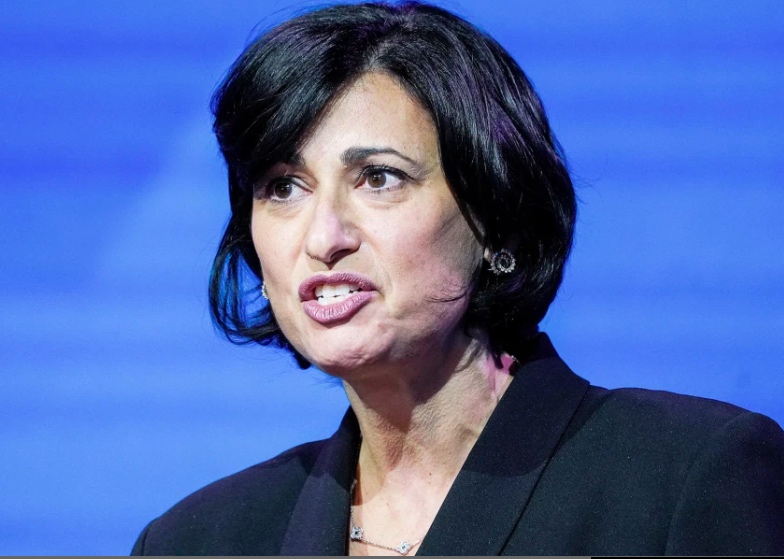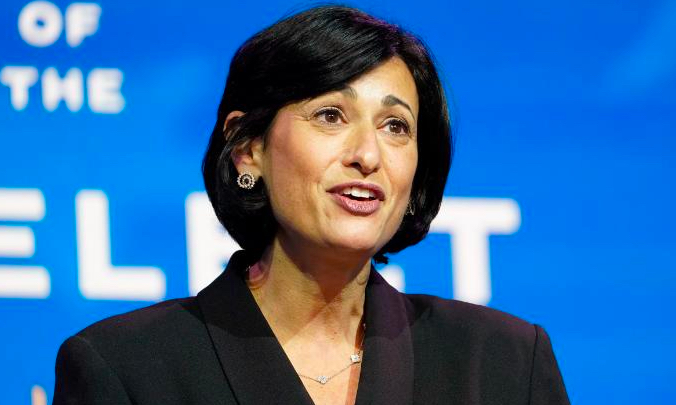BY CARLA DE LANDRI
Pictures we are told are worth a thousand words; they communicate powerful messages.
And yet we are admonished not to judge people by the way they look in them. But in a world dominated by media of all kinds it is impossible to do just that. Photos flood our screens and get shared and reshared and cannot be ignored. So it is important to ask how and why certain images are selected and published.
Dr. Rochelle Walensky’s resume is stellar. She is a pioneering researcher, who has been a professor at Harvard Medical School, a division chief of infectious diseases at Massachusetts General Hospital. Today she heads the Centers for Disease Control (CDC) and is on the frontline of crucial COVID-19 communication to the American people and the world. With dozens of photos available, why would an editor choose to depict a successful and powerful woman like this?

Dr. Rochelle Walensky as seen in NY Post. Photo by Reuters.
In only a few minutes of searching, I counted this image displayed in three noteworthy media outlets. It is not just an unflattering picture. In the photo, Dr. Walensky actually looks angry. Why choose to portray a world-renowned scientist looking as if she is screaming at her kids? It is not the first or only time I have seen women leaders shown this way. Hillary Clinton was tormented throughout her career about her looks — her hair, her pants, her laugh. I am not saying that women need to be burdened or dumbed down by smiling for the camera.
But I keep coming back to the same question: Why can’t a woman in the public sphere have authority without being demeaned? And who gets to make those all-important editorial decisions?
Why was this photo not selected? It was made during the same press conference.

Also Dr. Rochelle Walensky. During the same press conference. Photo by Reuters.
Carla De Landri, Emmy-winning journalist, produced at ABC News for decades, and reported on the Gulf War, US political campaigns, the Tiananmen Square uprising, and the fall of the Berlin Wall. She and her team were the first to break the story about sexual assault at the US Air Force Academy and uncovered inhumane labor practices faced by women in clothing factories.
For impactmania, Carla is writing an occasional column on media and news. She also serves as a member of the jury for the impactmania students fellowships program.